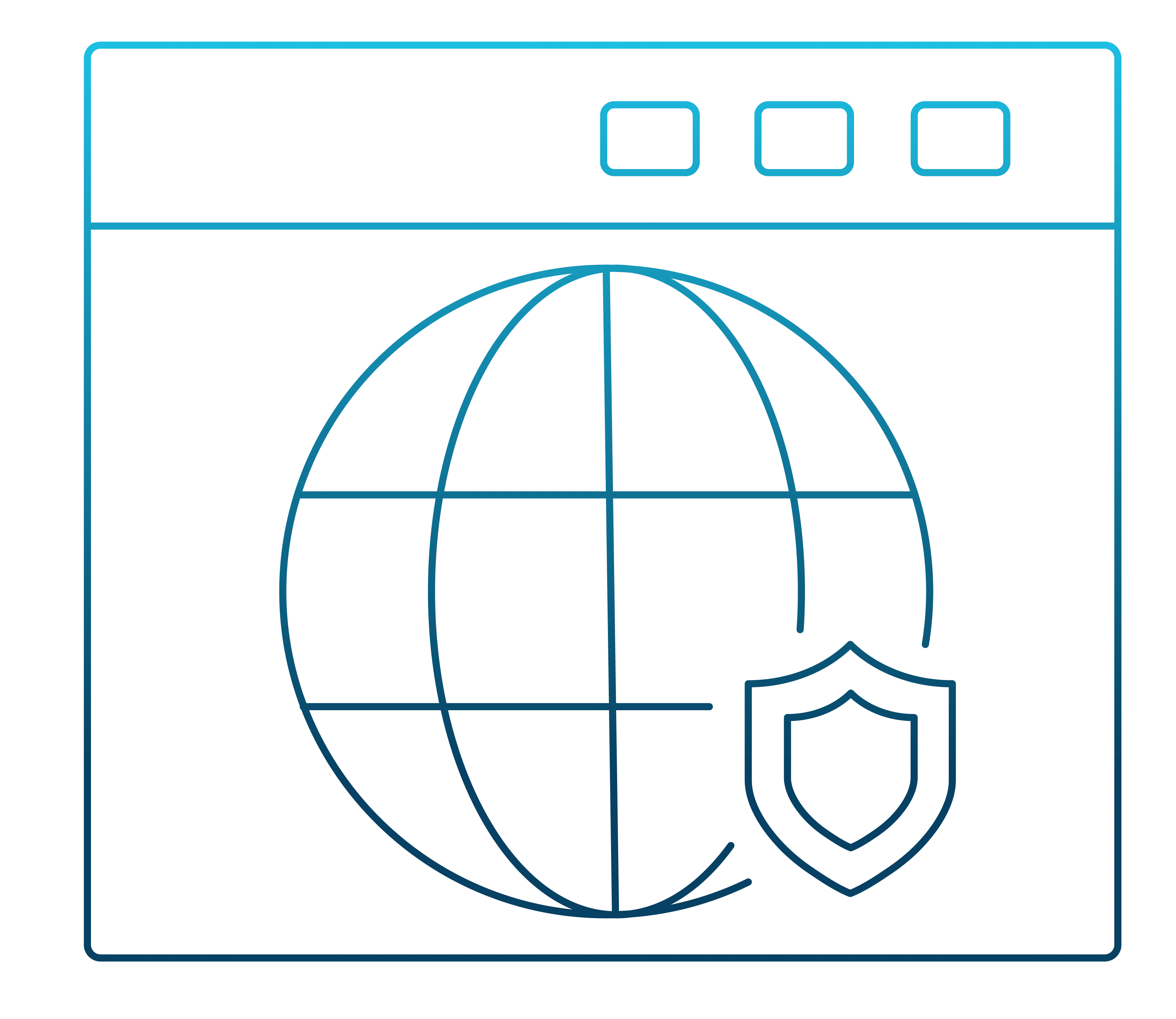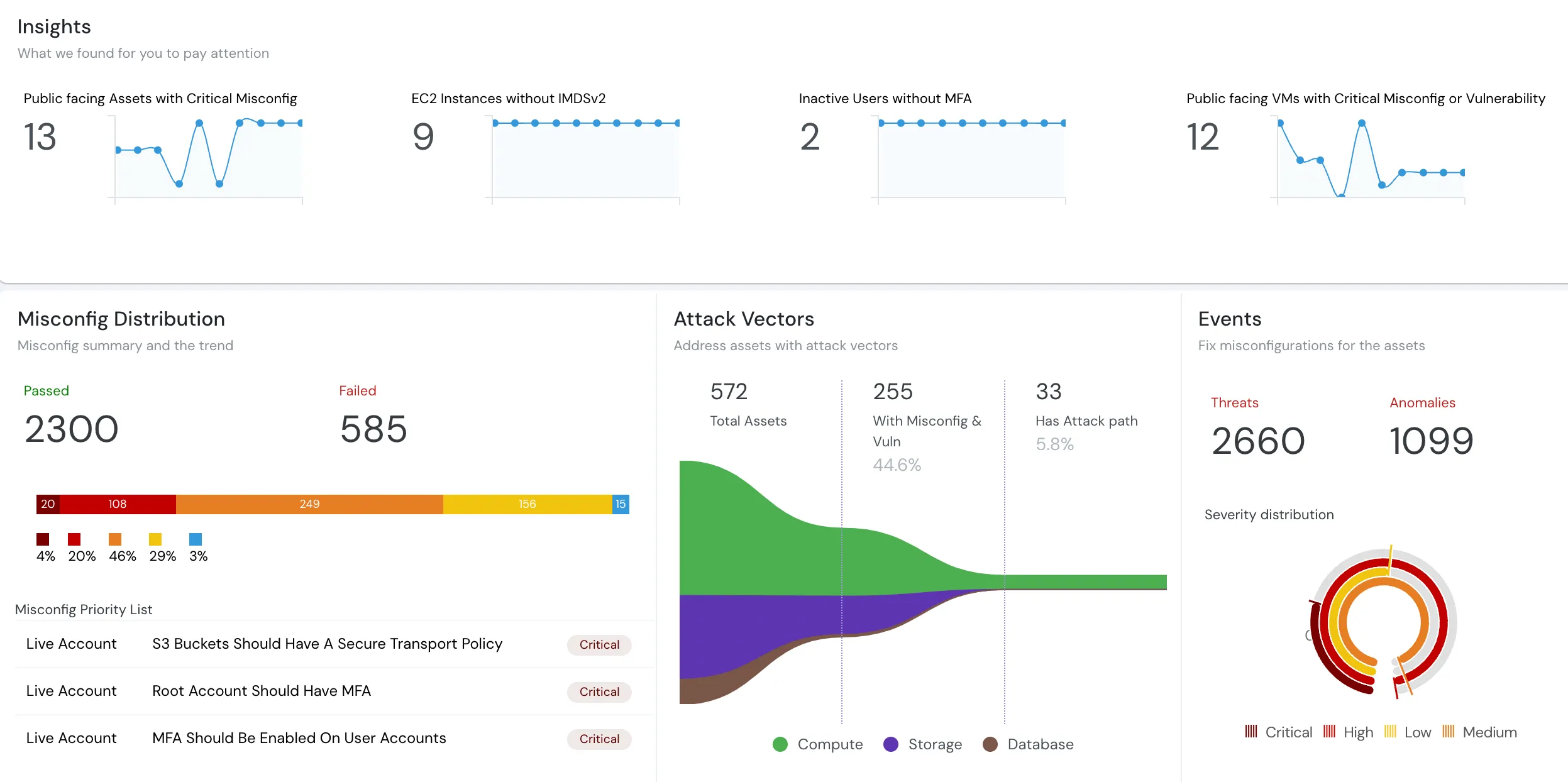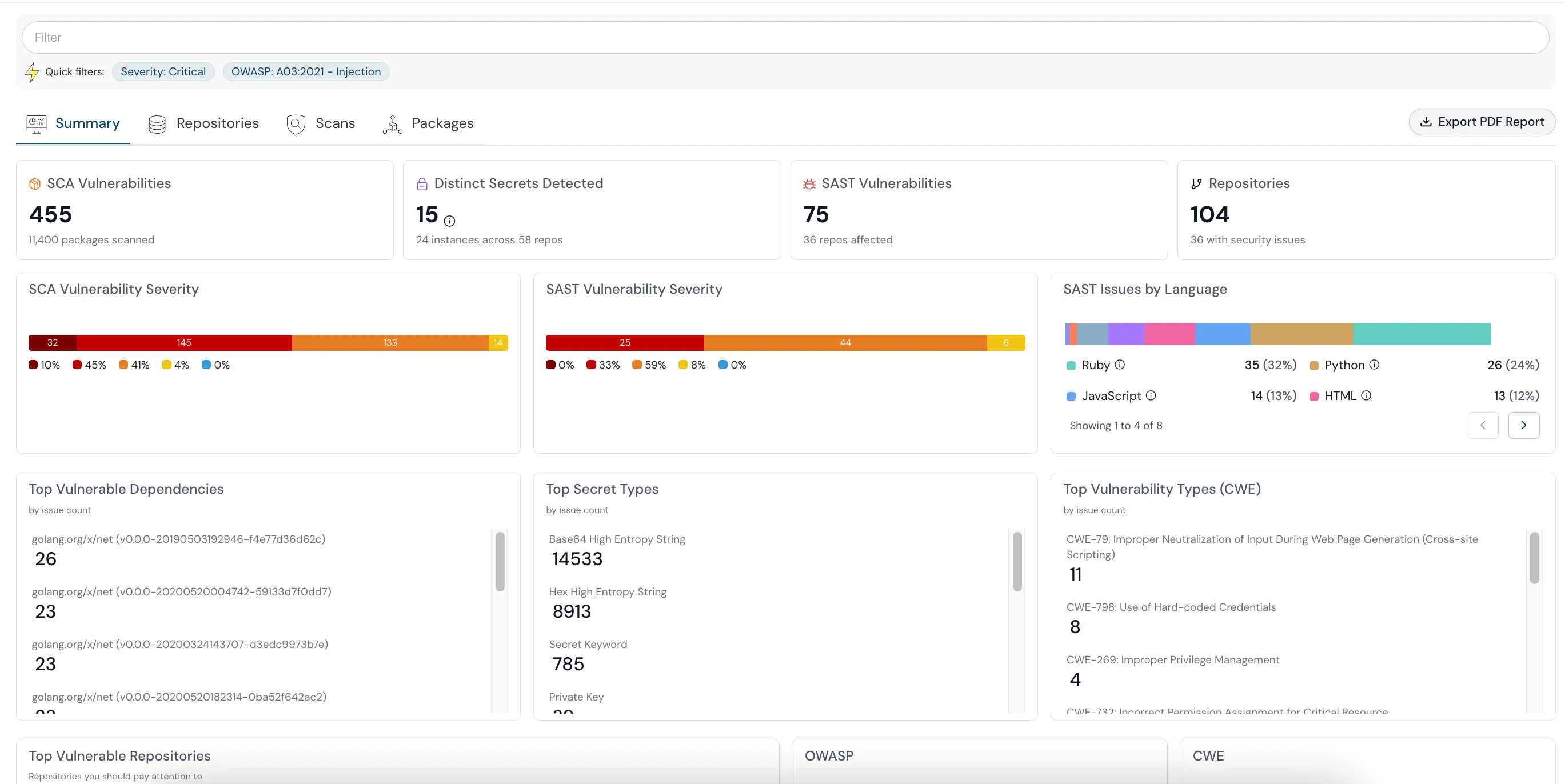Security Best Practices | CIS Benchmarks | Cloudanix
Achieve CIS Compliance With Cloudanix
The Center for Internet Security (CIS) helps organizations improve cyber hygiene through a globally recognized framework of security controls. Their 20 CIS Controls are designed to safeguard against the most common and pervasive threats — and are essential for cloud security readiness. Cloudanix helps organizations implement CIS best practices through automated audits, misconfiguration detection, and continuous monitoring — reducing risk without slowing you down.

What is CIS and Why It Matters
The Center for Internet Security (CIS) is a nonprofit organization founded to create best practice guidelines for securing digital infrastructure. Through partnerships with SANS Institute and industry professionals, CIS developed the 20 Critical Security Controls to help organizations mitigate modern cyber threats. These controls span hardware/software configurations, IAM, malware defense, data recovery, incident response, and more — and apply across both on-prem and cloud environments.
Basic, Foundational, and Organizational Controls
Cover everything from endpoint defense to organizational processes.
Cloud-Compatible Security Framework
Mapped to cloud infrastructure — including AWS, Azure, and GCP.
Implementing CIS Controls in the Cloud
Cloudanix automates these through prebuilt audit recipes that assess your cloud resources against best practices — across access management, config hardening, and monitoring.
Whether it’s securing your IAM, logging policies, or network boundaries, Cloudanix simplifies your path to CIS-aligned posture.
● Audit Automation: Run continuous scans using CIS-aligned rule sets.
● Risk Reduction at Scale: Address vulnerabilities before they become incidents.
Effortless CIS Alignment with Automation and Visibility
Why Choose Cloudanix for CIS Security
The CIS controls aren’t laws — but they are trusted industry standards. Cloudanix enables your organization to adopt these best practices effortlessly, thanks to our automated audit engine, real-time alerts, and misconfiguration checks. For example, our AWS IAM audits include rules to check MFA on users and rotate access keys regularly — aligned with CIS 1.2 and 1.3. Reports let you know if you’re violating any controls and help guide remediation.
Cloudanix Makes CIS Compliance Easy
Get instant visibility and smart automation to manage your CIS controls in cloud environments.
- IAM Best Practices: Check for MFA, unused credentials, key rotation, and more.
- Compliance Dashboards: See where you stand across CIS controls — with clear remediation paths.
- Real-time alerts and misconfiguration checks to stay ahead of threats.
- Automated audit engine aligned with CIS rulesets like 1.2 and 1.3.
- Seamless integration with AWS, Azure, and GCP.
Security for your Code, Cloud and Data
Cloudanix replaces your 5-6 disjointed security tools within 30 minutes.
Get StartedCLOUDANIX
Insights from Cloudanix
Explore guides, checklists, and blogs that simplify cloud security and help you secure your infrastructure.

AI Code Remediation
Learn how AI code remediation automates the process of finding and fixing software vulnerabilities. Discover various tec...

CNAPP Explained
Protect cloud-native apps with CNAPP. Discover benefits, challenges, & how it differs from CWPP. Streamline security & i...
Cloudanix docs
Cloudanix offers you a single dashboard to secure your workloads. Learn how to set up Cloudanix for your cloud platform ...

Source Code Security Best Practices
Source code is the fundamental building block of software applications.
Secure Coding
A comprehensive guide to secure coding practices, covering vulnerabilities, prevention techniques, and industry standard...
Changelog
A complete history of changes, improvements, and fixes for Cloudanix. Subscribe to get notified about the latest updates...
Privacy by Design
A framework for embedding privacy into the entire product development lifecycle, ensuring it is a proactive consideratio...
Your questions around CIS answered.
Frequently Asked Questions
Learn more about the Center for Internet Security (CIS), its controls, benchmarks, and how it helps your organization stay secure and compliant in the cloud.
